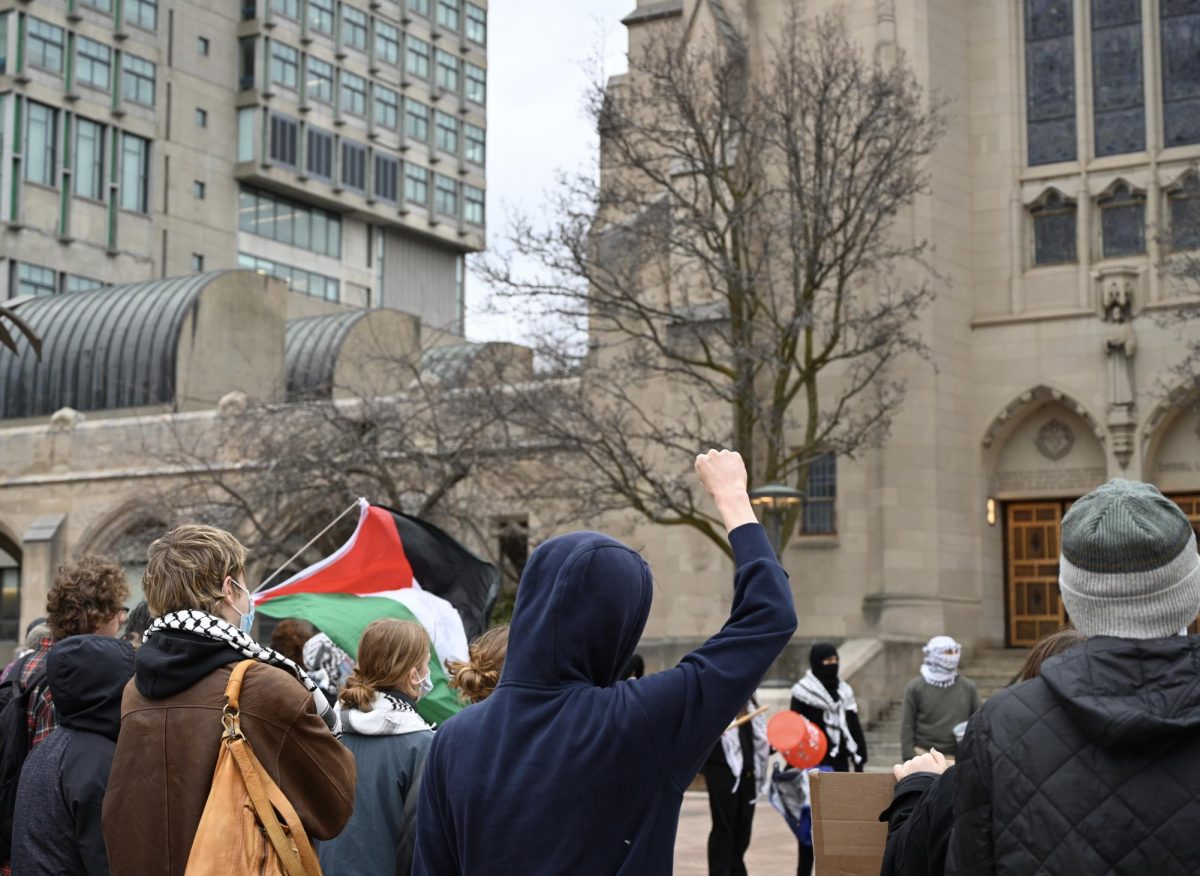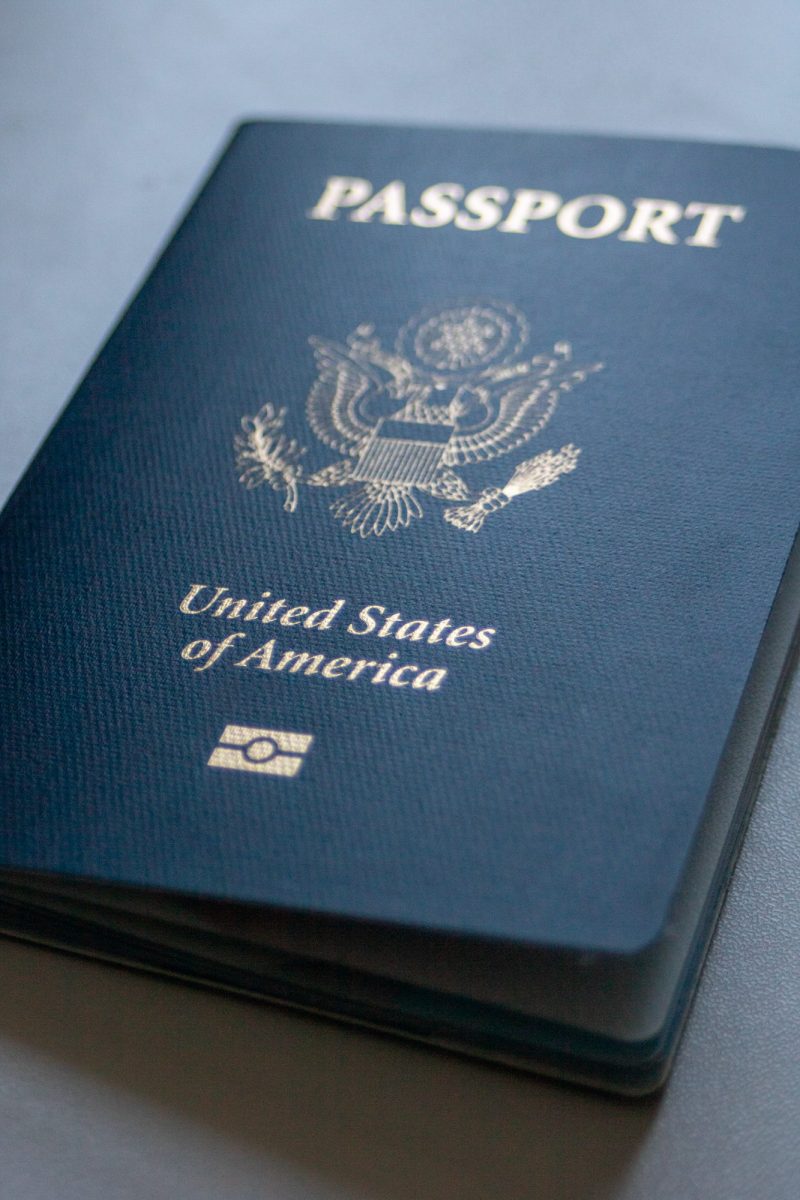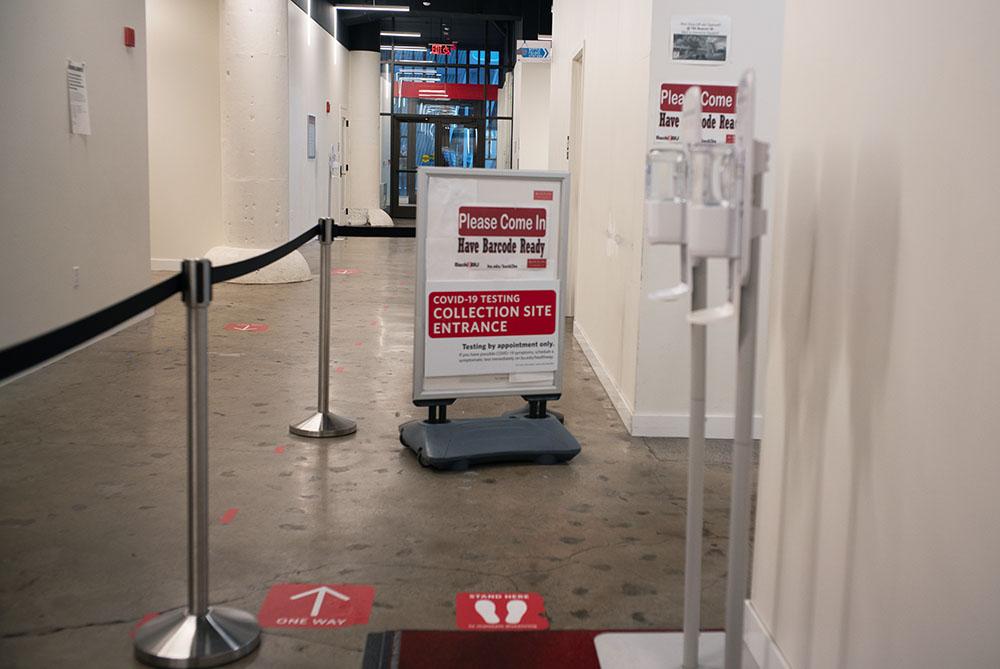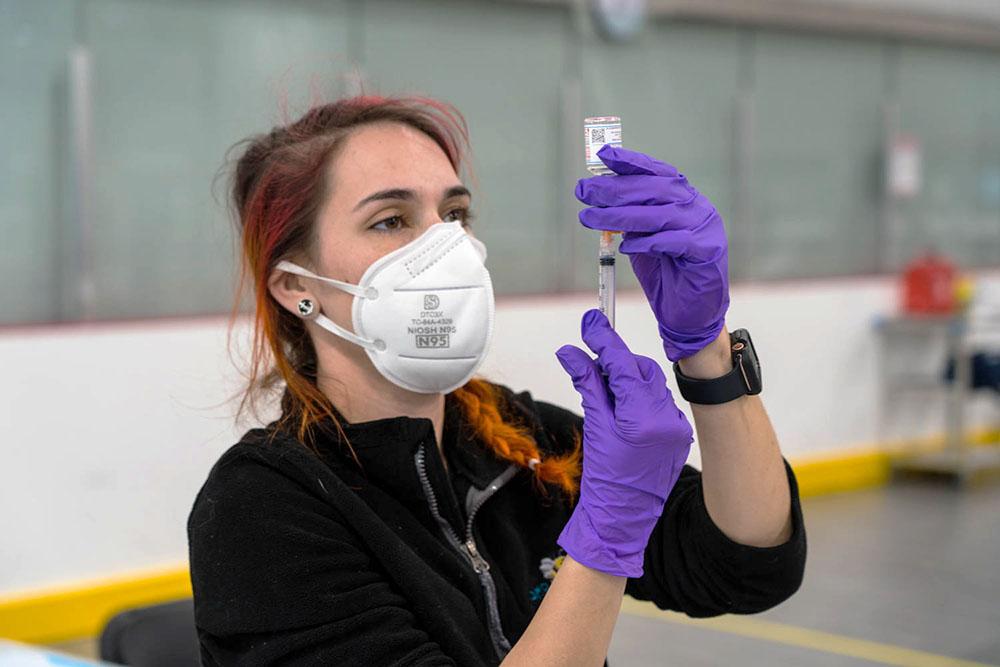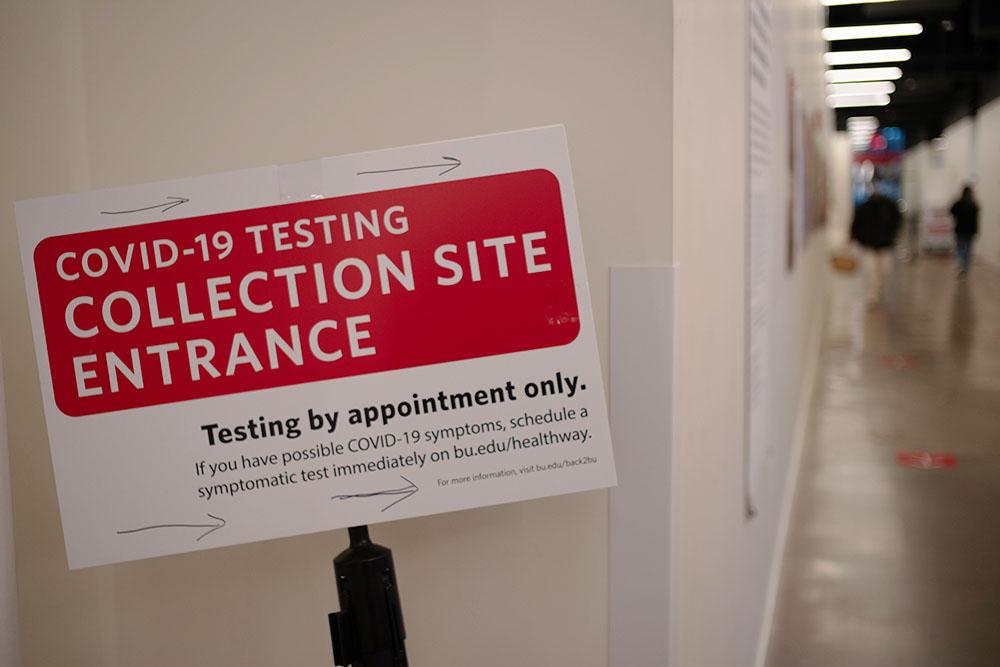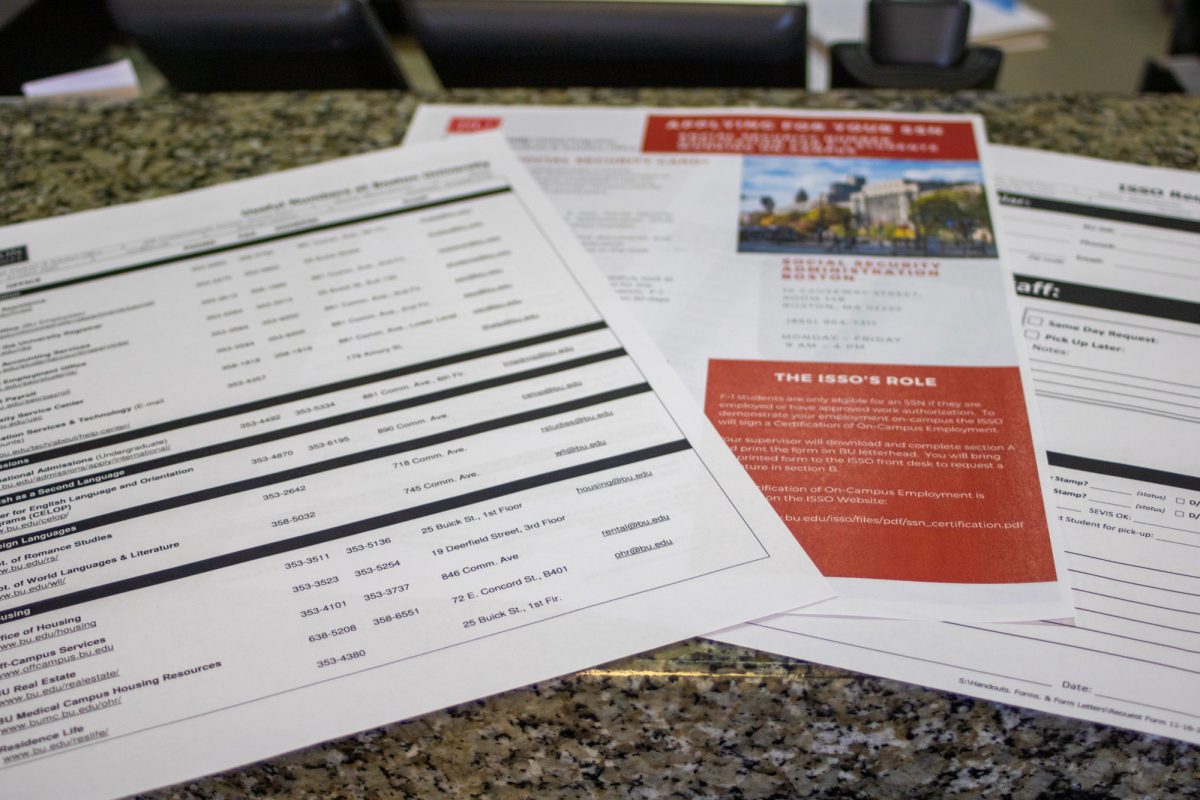Cities everywhere are seeing clearer skies and cleaner air on this year’s Earth Day, a break from trends of decades past. And it only took a global pandemic.
Nearly two months into a nationwide quarantine, some mandated and some self-enforced, pollution has dropped sharply as many gasoline-fueled vehicles are staying off the roads.
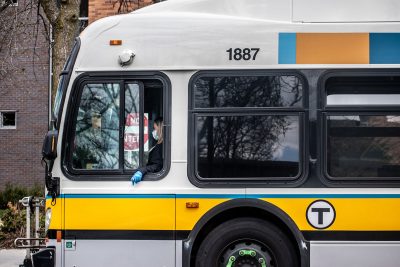
Traffic congestion in Massachusetts has taken a plunge amid concerns over heading out as well as stay-at-home advisories from the state and its municipalities. Less people opt for public transportation out of fear of viral exposure, and the Massachusetts Bay Transportation Authority has reduced operating hours to keep riders and employees safe.
Jemilah Magnusson, global communications director for the Institute for Transportation and Development Policy, wrote in an email that the epidemic is taking a “dramatic” toll on the public transport sector.
“Public transport, like all essential services, are under tremendous stress right now,” Magnusson wrote. “Cities are trying to provide the right level of service for social distancing and still provide enough services for essential workers and those who are transit-dependent.”
The automobile and some public transportation sectors are among the primary contributors to greenhouse gas emissions in the United States.
Stay-at-home policies, however, have rapidly improved air conditions by reducing major pollutant activity, including from non-transportation sources like factories.
The benefits of this could be notable: areas with the worst air pollution also face more severe COVID-19 consequences, according to research from Harvard T.H. Chan School of Public Health.
Chris Dempsey, director of Transportation for Massachusetts, said Boston’s improved air quality can largely be attributed to the city’s significant drop in driving.
“This is an important reminder that transportation is the largest source of air pollution in Massachusetts,” Dempsey said. “As the economy comes back, we should be sure to put policies in place that clean up our transportation system.”
Residents in cities such as New York and San Francisco, both known for poor air quality, carry a higher risk of death after coronavirus infection than those who live in less polluted cities.
Pollution particles increase chances of a worse COVID-19 case because they weaken the immune system. Upon entering the body, they can increase respiratory symptoms such as coughing, difficulty breathing and airway irritation, according to the U.S. Environmental Protection Agency.
Dempsey said he hopes a chance to reexamine prevailing issues within the transportation system in Massachusetts could come out of this change. Both public transit and highway congestion are sources of often-heard complaints in the Commonwealth.
This is an opportunity to rethink parts of the system so that it works better for people,” Dempsey said. “We need to be fixing those problems and there are opportunities that come out of this crisis.”
Despite the diminished use of cars and rail-based transit, other forms of public transportation such as bike share and walking infrastructure are seeing increased use, according to Magnusson.
“This really tells us how valuable it is for every city to have a lot of different mobility options,” Magnusson wrote. “I hope that we take advantage of this moment to value our city streets more, and see how essential it is to have more space for people to walk, bike, and simply exist in their city.”



